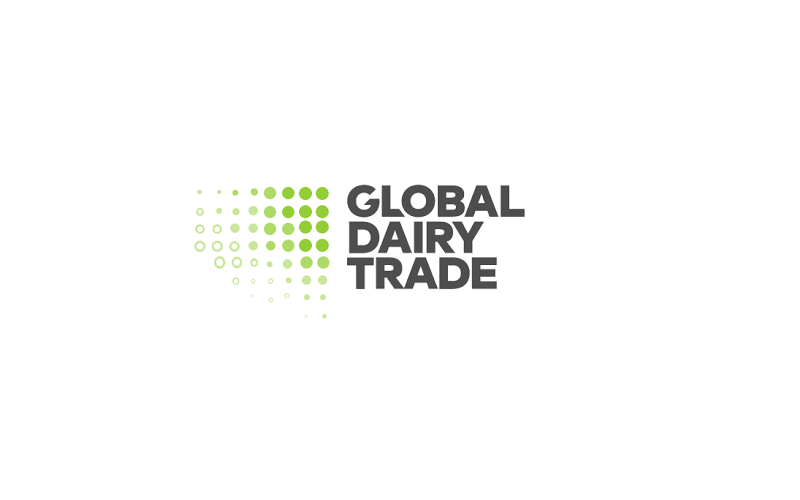Northern Ireland Dairy Enterprises Experience Significant Variance in Performance for 2022/23
Source: DairyNews.today
A comprehensive farm business report has highlighted a striking disparity in the financial performance of dairy enterprises across Northern Ireland, revealing a difference in gross margin of over £1,000 per cow between the highest and lowest-performing operations.

The Northern Ireland Farm Performance Indicators 2022/23 report, now in its 21st edition, provides crucial insights into the agricultural sector's productivity, enabling farmers to benchmark their operations. This year's findings underscore the stark contrast in profitability, with dairy farms classified as ‘excellent’ outperforming those deemed ‘poor’ by a margin of £1,009 per cow.
The report draws fr om a representative sample of approximately 350 farms that participated in the Farm Business Survey (FBS). The data indicates that seven out of the 14 major farming enterprises saw an increase in gross margins from the previous year, signaling a resilient sector despite economic challenges.
In the 2022/23 period, the average gross margin per dairy cow was £1,680, with top-performing enterprises achieving £2,180 per cow. This marks a significant improvement from the 2021/22 figures, wh ere the average was £1,181 per cow. The disparity underscores the critical importance of operational efficiency and strategic management in achieving superior financial outcomes.
For suckler cows in non-Less Favoured Areas (non-LFA), the average gross margin stood at £282 per cow, with cows from disadvantaged areas averaging £284, and those in severely disadvantaged areas at £242 per cow. However, the top-tier enterprises in severely disadvantaged areas managed to push the margin to £504 per cow, highlighting the potential for profitability even in less favorable conditions.
Other Livestock and Crops
In the sheep sector, non-LFA breeding ewes recorded a gross margin of £72 per ewe in 2022/23, a decrease from £92 the previous year. Ewes from disadvantaged areas maintained a stable margin of £59, while those from severely disadvantaged areas saw an increase to £74 per ewe, up from £58 in 2021/22. Hardy hill breeds, often facing the toughest conditions, achieved a margin of £42 per ewe, doubling the previous year's £20.
Pig farming also saw modest gains, with gross margins increasing from £33 in 2021/22 to £40 in 2022/23 for pigs raised from birth to bacon.
Crops Performance
Cereal crop enterprises also reflected the overall trend of variability. Average spring barley enterprises reported a gross margin of £1,220 per hectare, while excellent performers reached £1,482 per hectare. Winter wheat margins varied similarly, with average operations earning £1,220 per hectare and top performers achieving £1,452 per hectare. Notably, winter barley enterprises saw a slight increase from £1,453 per hectare in 2021/22 to £1,501 per hectare in 2022/23.
Other crops exhibited mixed results. Spring wheat gross margins stood at £1,480 per hectare, while spring oats recorded £1,278 per hectare, with no comparative data available for the previous year. Winter oats saw a rise in gross margin to £1,621 per hectare, up from £1,303 in 2021/22. However, ware potatoes experienced a notable decline, with margins dropping from £3,198 per hectare in 2021/22 to £2,662 in 2022/23.
The report draws fr om a representative sample of approximately 350 farms that participated in the Farm Business Survey (FBS). The data indicates that seven out of the 14 major farming enterprises saw an increase in gross margins from the previous year, signaling a resilient sector despite economic challenges.
In the 2022/23 period, the average gross margin per dairy cow was £1,680, with top-performing enterprises achieving £2,180 per cow. This marks a significant improvement from the 2021/22 figures, wh ere the average was £1,181 per cow. The disparity underscores the critical importance of operational efficiency and strategic management in achieving superior financial outcomes.
For suckler cows in non-Less Favoured Areas (non-LFA), the average gross margin stood at £282 per cow, with cows from disadvantaged areas averaging £284, and those in severely disadvantaged areas at £242 per cow. However, the top-tier enterprises in severely disadvantaged areas managed to push the margin to £504 per cow, highlighting the potential for profitability even in less favorable conditions.
Other Livestock and Crops
In the sheep sector, non-LFA breeding ewes recorded a gross margin of £72 per ewe in 2022/23, a decrease from £92 the previous year. Ewes from disadvantaged areas maintained a stable margin of £59, while those from severely disadvantaged areas saw an increase to £74 per ewe, up from £58 in 2021/22. Hardy hill breeds, often facing the toughest conditions, achieved a margin of £42 per ewe, doubling the previous year's £20.
Pig farming also saw modest gains, with gross margins increasing from £33 in 2021/22 to £40 in 2022/23 for pigs raised from birth to bacon.
Crops Performance
Cereal crop enterprises also reflected the overall trend of variability. Average spring barley enterprises reported a gross margin of £1,220 per hectare, while excellent performers reached £1,482 per hectare. Winter wheat margins varied similarly, with average operations earning £1,220 per hectare and top performers achieving £1,452 per hectare. Notably, winter barley enterprises saw a slight increase from £1,453 per hectare in 2021/22 to £1,501 per hectare in 2022/23.
Other crops exhibited mixed results. Spring wheat gross margins stood at £1,480 per hectare, while spring oats recorded £1,278 per hectare, with no comparative data available for the previous year. Winter oats saw a rise in gross margin to £1,621 per hectare, up from £1,303 in 2021/22. However, ware potatoes experienced a notable decline, with margins dropping from £3,198 per hectare in 2021/22 to £2,662 in 2022/23.











